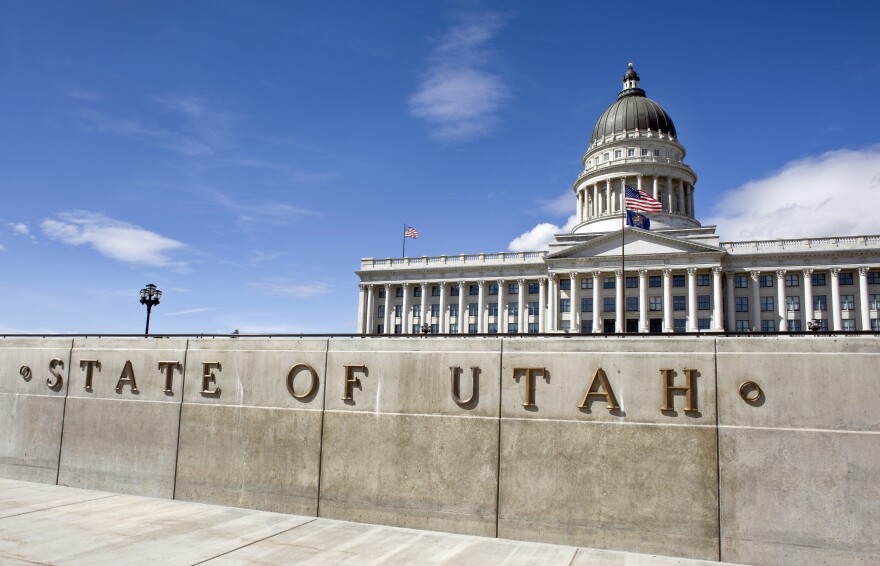Now that the Census figures are out, the once-a-decade redistricting process begins in earnest in Utah.
It will be different this time, with a Utah legislative committee and the Utah Independent Redistricting Commission each drawing a set of maps defining political districts across the state.
Census data show Utah's 18% population gain made it the fastest-growing state in the last decade, and its population makeup shifted moderately toward Blacks, Latinos and other ethnic groups.
Gordon Haight, executive director of the Utah Independent Redistricting Commission, said his panel is designed to give the public a voice in the process.
"The Commission has taken the responsibility of making sure that these are the people's maps," he said. "Our biggest activity is going out and talking to the public. We've been meeting with mayors, we've been meeting with the public, we've been going to the farmers' market, every kind of activity we can in order to get public input."
The commission was created in 2018 by ballot proposition to replace the Legislature's role in the process. However, members of the Legislature used a clause in the state Constitution to replace the results with a compromise to allow both groups to draw maps, and to give the Legislature the final say.
Republicans hold a 15-to-5 majority on the legislative committee, while members of the independent panel were chosen by a bipartisan group of state leaders. Haight said while his panel will retain experts to draw their final maps, they'll post software online so citizens or groups can draw and submit their own suggestion for districts.
"We have a mapping tool that allows people to go online and actually draw maps for the entire state," Haight said. "Sometimes it can be a little intimidating, so we also have a software program that just allows you to draw your communities."
The Legislative Redistricting Committee plans hearings across the state starting in September to take public comments. Haight said the independent commission has also scheduled public meetings to take comments over the next four weeks.
"We believe that we'll have our first set of maps done by the end of next week, so we can start taking them around to our public hearings, starting on [September] the 3rd," he said.
The redistricting process, which normally takes several months, was compressed down to a few weeks due to COVID pandemic delays. The maps must be completed by December to be used in the 2022 midterm elections.


